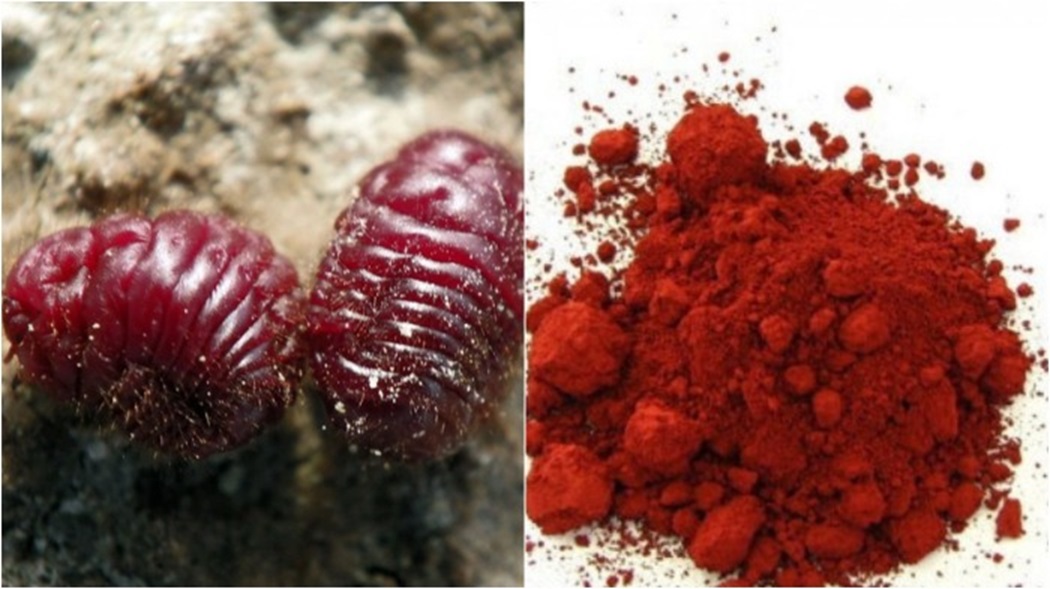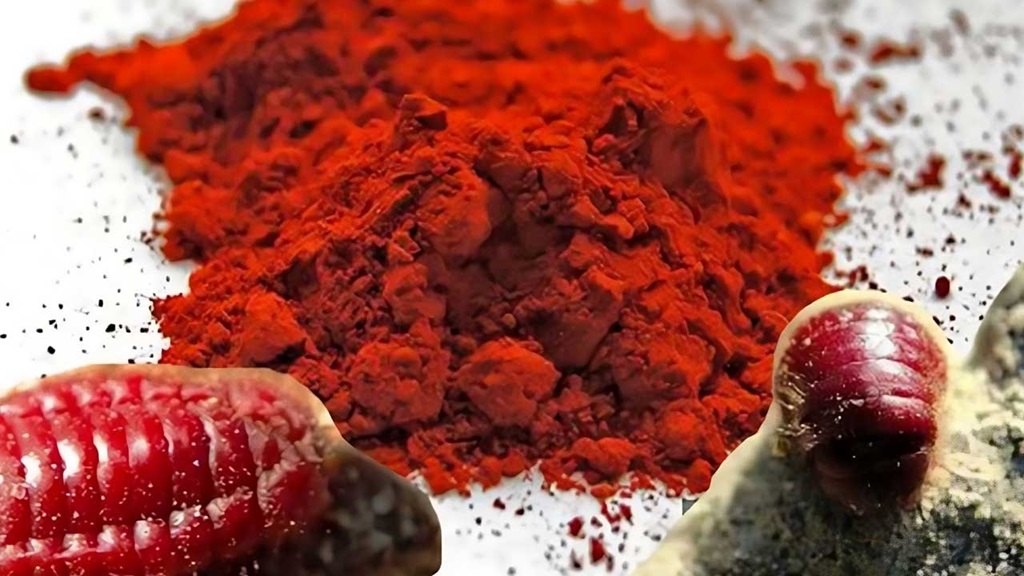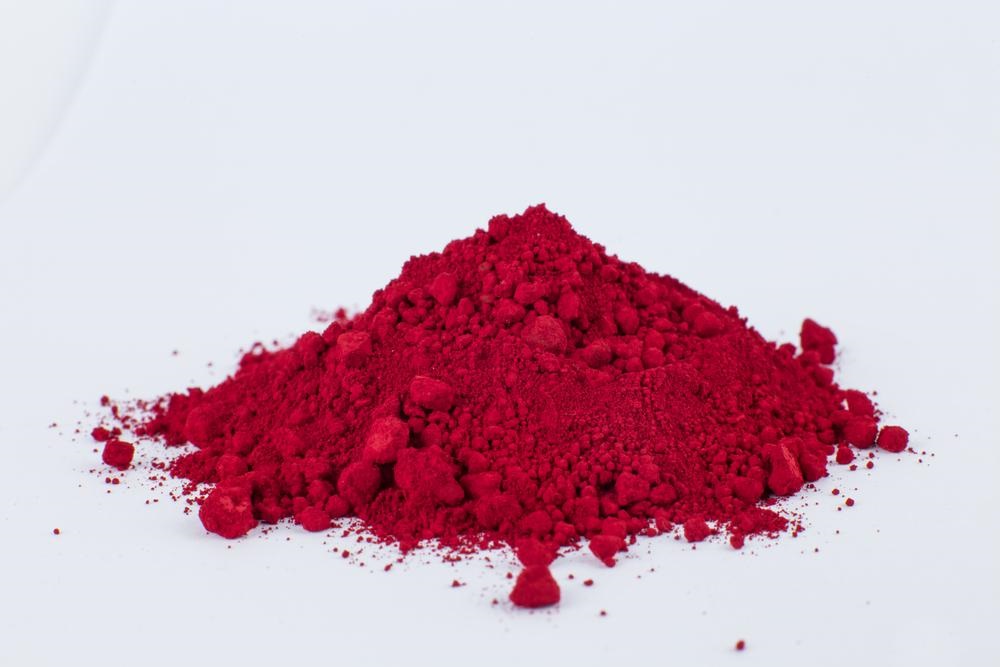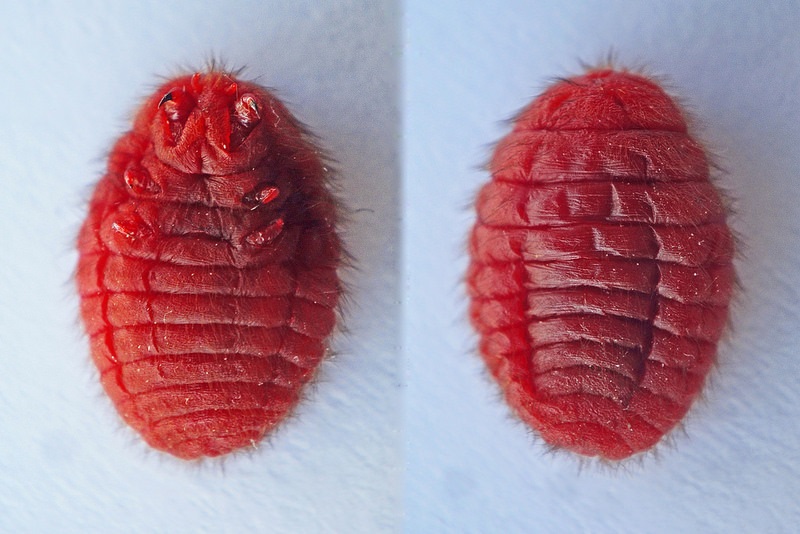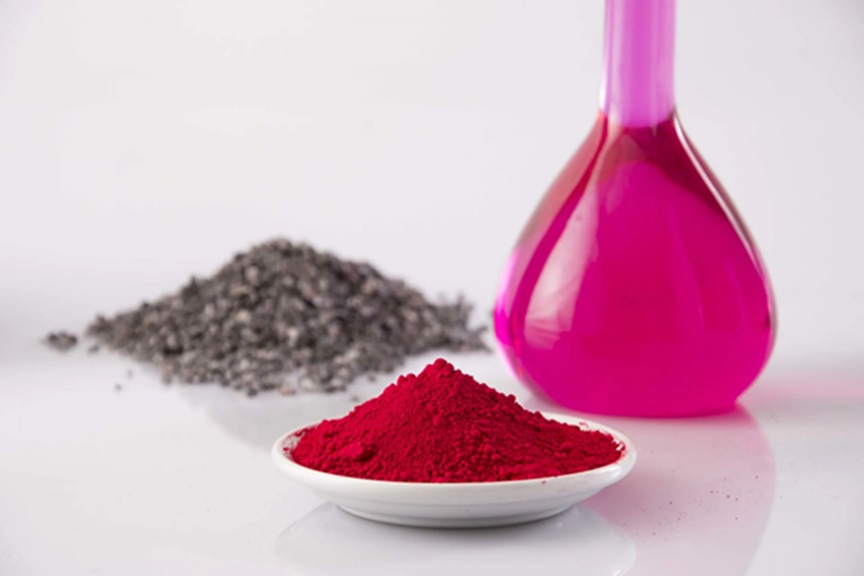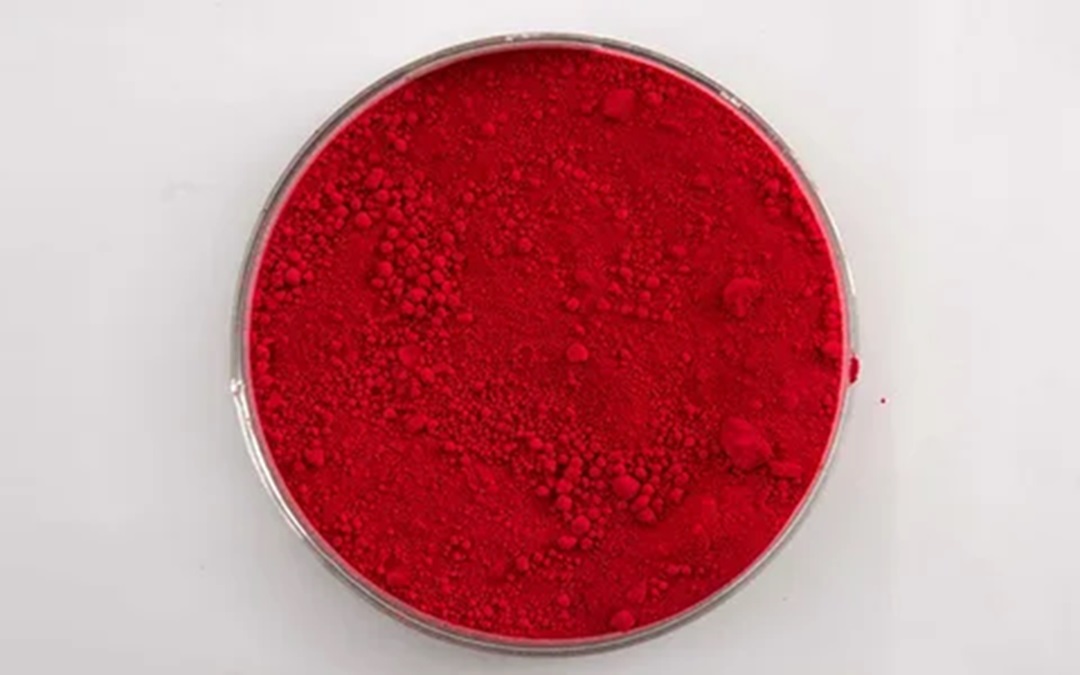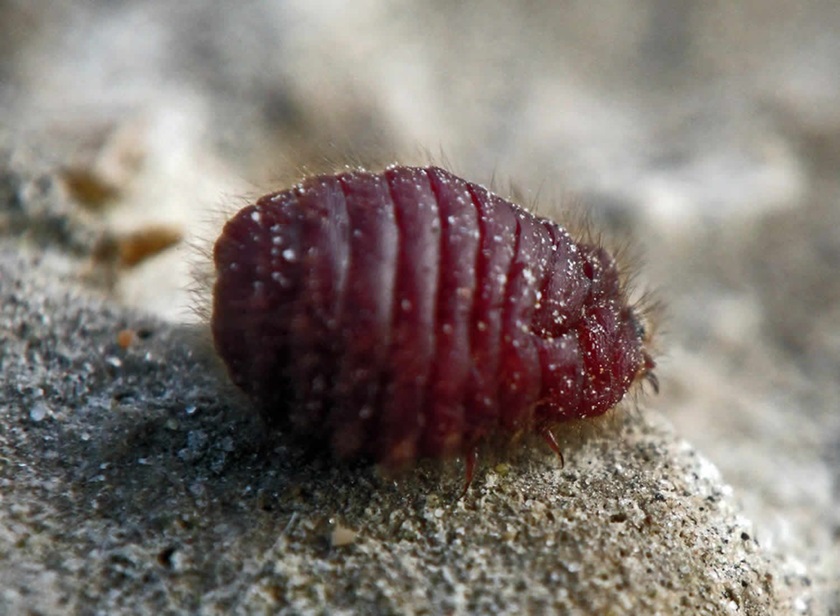We unleash your business potential by maximize the business innovation.
Send EmailE 120 Carmine, 52% - 55%, Percent 55.55, Cochineal, Red Food Coloring, Carmine, Carminic acid, 1260-17-9
CAS No: 1260-17-9
EC No: 215-023-3; 215-680-6; 215-724-4
What is Carmine (E120)?
Carmine (E120) is a natural red pigment used as a colorant in the food and cosmetic industries. This substance, usually obtained from the Cochineal insect (Dactylopius coccus), has a wide range of applications to provide red color tones. The process of obtaining carmine begins with the drying and processing of insects; then, the red pigment obtained from these insects is used to provide color in various products.
What is the Source of Carmine?
Carmine is a natural colorant, usually obtained from the
Cochineal bug
(Dactylopius coccus). This bug grows especially in the warm regions of Central and South America and is the main source used in the production of carmine. The process of obtaining carmine involves collecting, drying and processing cochineal bugs.
Cochineal Bug
Biological Features:
The cochineal bug is a small, round and usually white-cream colored bug. The red pigment found on this bug, which contains carminic acid, is used as a colorant.
Habitat:
Cochineal bugs live and feed on plants such as cacti. Known as "carmín" in Spanish, this bug is mainly found in Peru, Mexico and other parts of South America.
Carmine Production Process
Collection:
Cochineal bugs are collected especially from cacti. These bugs are usually collected in the summer months.
Drying:
The collected insects are dried by natural methods or at low temperatures. At this stage, the insects are processed in a way that preserves their pigments.
Processing:
The dried insects are crushed and processed with various solutions to extract carminic acid. The coloring properties of this acid are obtained.
Alternative Sources
Synthesis and Natural Alternatives:
While the natural source of carmine is the cochineal insect, there are also some synthetic alternatives and plant colorants. However, the color and properties provided by carmine may not be fully provided by these alternatives.
What are the Areas of Use of Carmine?
Carmine is a natural red colorant and has a wide range of uses in various sectors. The vibrant red color tone provided by carmine is used to increase the aesthetic value of many products. Here are the main areas of use of carmine:
Food and Beverages
Confectionery and Desserts:
Carmine is used to color candies, chocolates, jellies and other desserts. Thanks to its color permanence and liveliness, it increases the attractiveness of the products.
Beverages:
Carmine is used in fruit juices, energy drinks and sodas, especially to provide red or pink hues.
Yoghurt and Ice Creams:
Carmine can be used in dairy products such as yogurts and ice creams to enhance the richness of taste and appearance.
Cosmetics and Personal Care Products
Lipsticks and Blush: Carmine is used to color lipsticks, blushes and other cosmetic products. It is a popular ingredient in the cosmetics industry because it provides a natural and bright color.
Hair Dyes:
Carmine can be used to color hair dyes, especially in red and pink tones.
Medicines
Tablet and Syrup Coloring:
Carmine is used to color some drugs. This makes it easier to recognize and distinguish drugs.
Textiles and Art
Art and Textile Products:
Carmine can also be used as a colorant in some textiles and art products. It is especially preferred in natural and organic textile products.
What is the Role of Carmine in Food and Beverages?
Carmine is a natural red colorant widely used in the food and beverage industry. It offers both aesthetic and functional advantages, so it is preferred in many products. Here is the role of carmine in food and beverages:
Coloring and Aesthetics
Vivid Red Color:
Carmine provides a vibrant and attractive red hue to desserts, beverages and other food products. This color increases the visual appeal of the products and attracts the attention of consumers.
Color Permanence:
Carmine maintains its color permanence, especially in difficult conditions such as high temperature and acidic environments. This feature helps preserve the appearance of food and beverages for a long time.
Use in Food Products
Confectionery and Desserts:
Carmine is used to color jellybeans, candies, chocolates and other desserts. In such products, color increases the attractiveness of the product and the experience it offers to the consumer.
Food and Beverages
Confectionery and Desserts:
Carmine is used to color candy, chocolates, jellies and other desserts. Thanks to its color permanence and liveliness, it increases the attractiveness of the products.
Dairy Products:
Carmine is used in yoghurts, ice creams and some dairy desserts to improve the color tone of the product and increase its aesthetic value.
Sauces and Garnishes:
Carmine is also preferred to give color to some sauces and garnishes, so that the products become more attractive.
